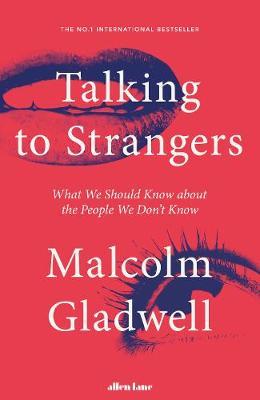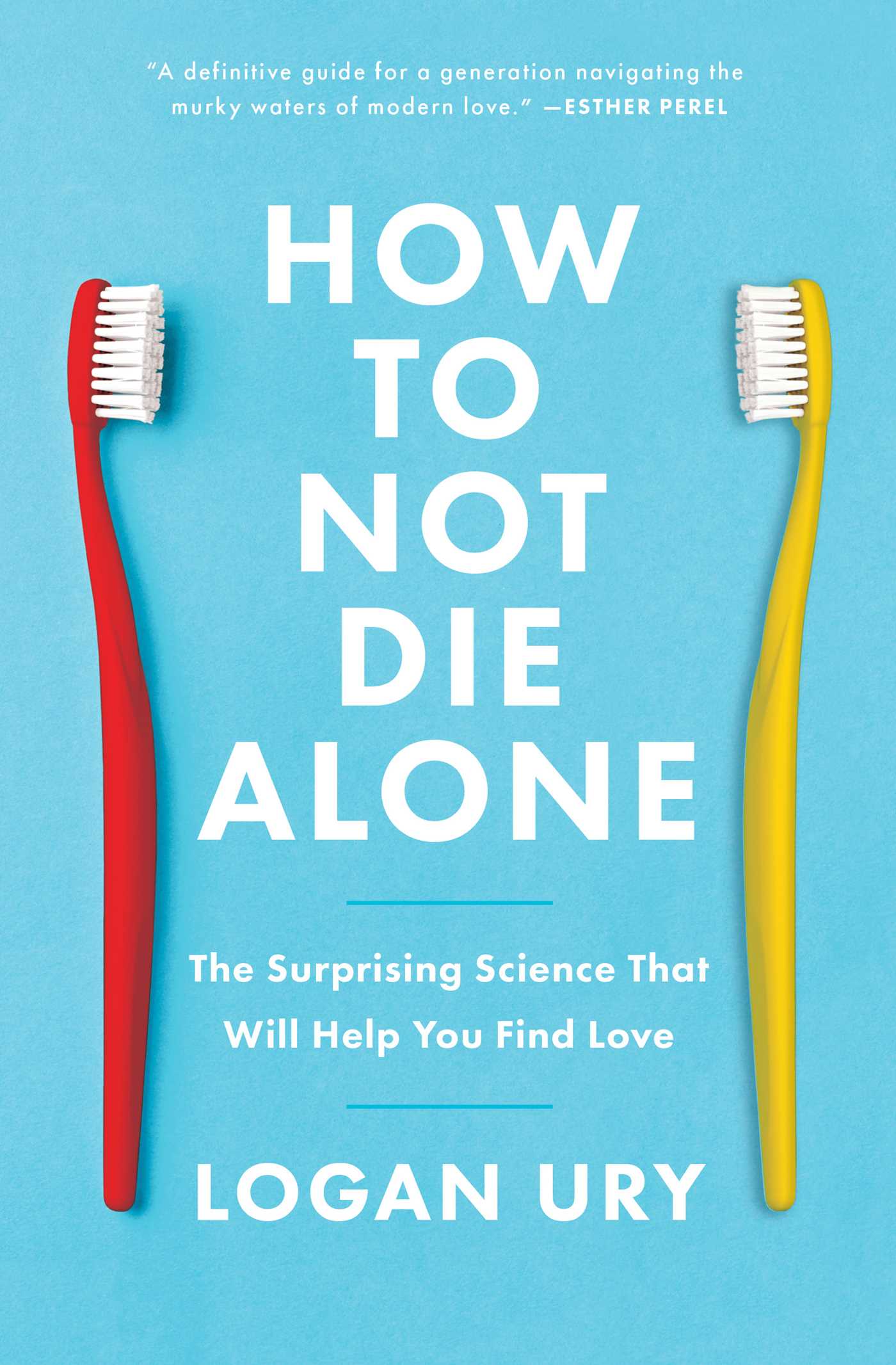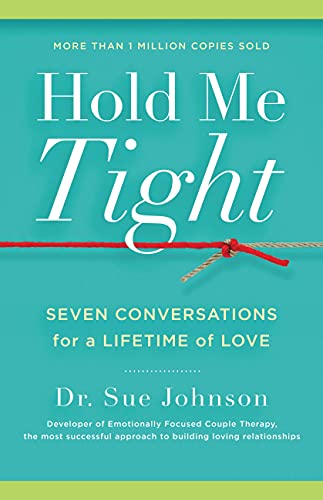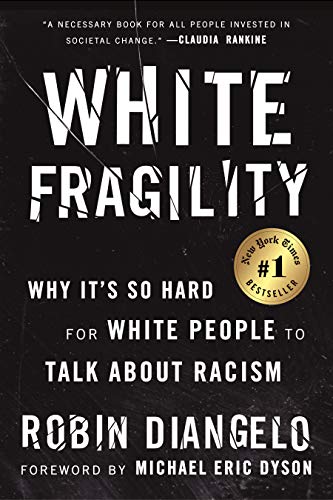Talking to Strangers
by Malcolm Gladwell
- Relationships
- Ashto =
- Jonesy =

Talking to Strangers – by Malcolm Gladwell
‘What we should know about the people we don’t know’
We think we can understand people. We think that by meeting someone, shaking their hand, looking into their eyes, we can get a grasp on who they are, how they feel, and what their motives or intentions are. We think that a little bit of personal knowledge gives us a big insight into their character – a job interviews shows us if they’ll be a good employee, a first date can indicate the likelihood of compatibility.
We’re wrong. Strangers are complex.
In Malcolm Gladwell’s brand new book, he highlights just a few of the things that make strangers particularly hard to understand: Truth Default Theory, Transparency, Coupling.
Grab a copy of the book here: https://www.bookdepository.com/Talking-Strangers-Malcolm-Gladwell/9780241351574/?a_aid=adamsbooks
Talking to Strangers – summary
We have, in other words, CIA officers who cannot make sense of their spies, judges who cannot make sense of their defendants, and prime ministers who cannot make sense of their adversaries. We have people struggling with first impressions of a stranger. We have people struggling when they have months to understand a stranger. We have people struggling when they meet with someone only once, and people struggling when they return to the stranger again and again. They struggle with assessing a stranger’s honesty, they struggle with a stranger’s character, they struggle with a stranger’s intent.
It’s a mess.
Puzzle #1: When we’re talking to strangers, why can’t we tell when the stranger in front of us is lying to our face?
Puzzle #2: How is it that meeting a stranger can sometimes make us worse at making sense of that person than NOT meeting them?
Truth Default Theory
Tim Levine set up a study where he invited students in a lab to be given a trivia test (eg: what is the tallest mountain in Asia?). If they get the questions right, they get a cash prize. They were given a partner to work with to help answer the questions. There is an instructor/assessor named Rachel – half way through, Rachel gets called out of the room. Once she’s gone, the ‘partner’ (who is actually an actor who is part of the experiment) begins a carefully scripts performance: “I don’t know about you, but I could use the money… I think the answers were left right that!”. they point to the envelope with the answers, then it’s up to the subject to decide if they open the answers or not. Afterwards, Levine’s team interviews the person, asking them “did you cheat?”.
This experiment wasn’t to test if people would cheat or not cheat, it was about how OTHER people then reviewed the tapes of the conversations that took place afterwards. Some of the participants cheated while some remained sincere – would an onlooker be able to determine which people were lying and which were telling the truth?
Reviewing the tapes, it seems like you can obviously catch some of the cheaters (‘Did you cheat?’ “I guess… no… not really”). Then there are some that seem to be telling the honest truth (‘did you cheat / ‘no, just ask my partner in the room, she’ll tell you the same thing’). This person seems confident and like he’s telling the truth, but he was lying.
Based on the results of the first study, video tapes of the interviews were divided into 2 groups: 22 liars and 22 truths-tellers. On average, people correctly identified liars only 54% of the time… this is only SLIGHTLY better than random guessing… we are ALL bad at detecting liars – not just judges interrogating offenders, or CIA operatives assessing their fellow agents, or police asking people on the side of the road… EVERYONE is bad at detecting liars
You might think that because it’s around 50%, you were equally good/bad at identifying each type of person. But we’re actually far better than random at identifying truth tellers, and far worse than random and detecting liars. They identified those telling the truth at a rate far greater than 50%, but those lying at rates as low as 14%.
Levine’s answer: what he calls “Truth Default Theory”. we assume people are telling the truth – we ‘default to truth’. our baseline operating assumption is that the people we are dealing with are honest. in fact, it turns out that we automatically assume people are telling the truth until we detect some kind of trigger that indicates they may not be truthful – only then do we begin to analyse their other actions
We default to truth because in order for society to operate, we need to feel like we can trust the people around us that they’re telling the truth. being a parents, for example, requires a fundamental level of trust in the community f people around your child. If every coach is assumed to be a pedophile, then no parent would ever let their child leave the house, and no sane person would ever volunteer to be a coach. We default to truth – even when that decision carries terrible risks – because we have no choice. Society cannot function otherwise. and in rare instances where trust ends in betrayal, those victimised by default to truth deserve our sympathy, not our censure
Transparency
Another issue with talking to strangers is transparency (or a lack thereof). Transparency is the idea that people’s behavior and demeanor – what they represent themselves on the OUTSIDE – provides an authentic window into the way they feel on the INSIDE. This is the second of the crucial tools we use to make sense of strangers. When we don’t know someone, or can’t communicate with them, or don’t have the time to understand the properly, we believe we can make sense of them through their behaviour and demeanour
But……..
Sergio Jarillo a Spanish anthropologist – he did a study of different cultures around the world and how they interpreted different facial expressions. He showed various photographs of peoples’ facial expressions. He showed these photographs to Spanish school children, then to adults on the Trobriand Islands, a remote cluster of islands 100 miles off the coast of Papua New Guinea.
We he showed a picture of someone smiling, 100% of Spanish children identified them as happy, but only 58% of Trobriand adults said that this was a happy person (23% identified the smiling as neutral). When they showed someone scowling and scrunching up their eyebrows, 91% of Spanish children identified this as anger. Yet only 7% of the Islanders said that this was an angry person (20% said they were happy, 17% sad, 30% fearful, 20% disgusted). This shows that there is confusion both across cultures and even within cultures.
So, even the things that we think are universal appear to be entirely culture-based and not universal at all.
If you met a stranger from a different culture and tried to assess their feelings based on their outward facial expressions, you may get the totally wrong understanding of what is going on
.When people are matched – when their internal feelings match their external expressions – they are transparent and very easy to understand. But in many cases, when people are mismatched, our assumptions completely fly out the window.
Coupling
Since opening in 1937, more than 1,500 people have committed suicide by jumping off (more than any other single place world in this period). A psychologist names Richard Seiden did some detective work – he followed up on 515 people between 1937 and 1971 who ATTEMPTED to jump but had somehow been unexpectedly restrained or stopped at the last moment. Of these, only 25 (less than 5%) persisted in killing themselve by some other method. “overwhelmingly, the people who want to jump off the Golden Gate Bridge at a given moment want to jump off the Golden Gate Bridge ONLY at that given moment”
When building the bridge, they put an extremely expensive net to catch the workers that slipped – this saved 19 lives. It took until 2018 – 80 years later and 1500 deaths later – before they installed a net underneath the bridge to catch people attempting to commit suicide
Americans were polled before the installation of the net: 34% predicted that EVERY SINGLE PERSON caught by the net would soon commit suicide by some other method, 75% predicted that MOST of those that wanted to take their life would do so anyway.
The data shows us that suicide is coupled – by looking solely at the individual, we miss the cultural and environmental factors that play a large part in their attitudes and behaviours.
TALKING TO STRANGERS
The first set of mistakes we make with strangers – the default to truth and the illusion of transparency – has to do with our inability to make sense of the stranger as an individual. But on top of those errors we add another, which pushes our problem with strangers into crisis – we do not understand the importance of the CONTEXT in which the stranger is operating. Don’t look at the stranger and jump to conclusions… look at the stranger’s world.
We previously review Malcolm Gladwell’s book Outliers back in season 3, check it out here: Outliers podcast episode








